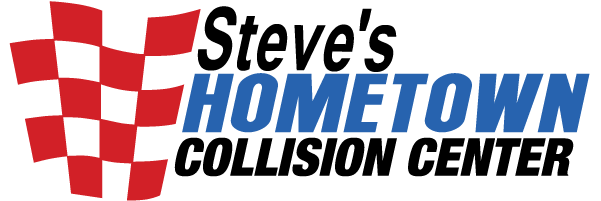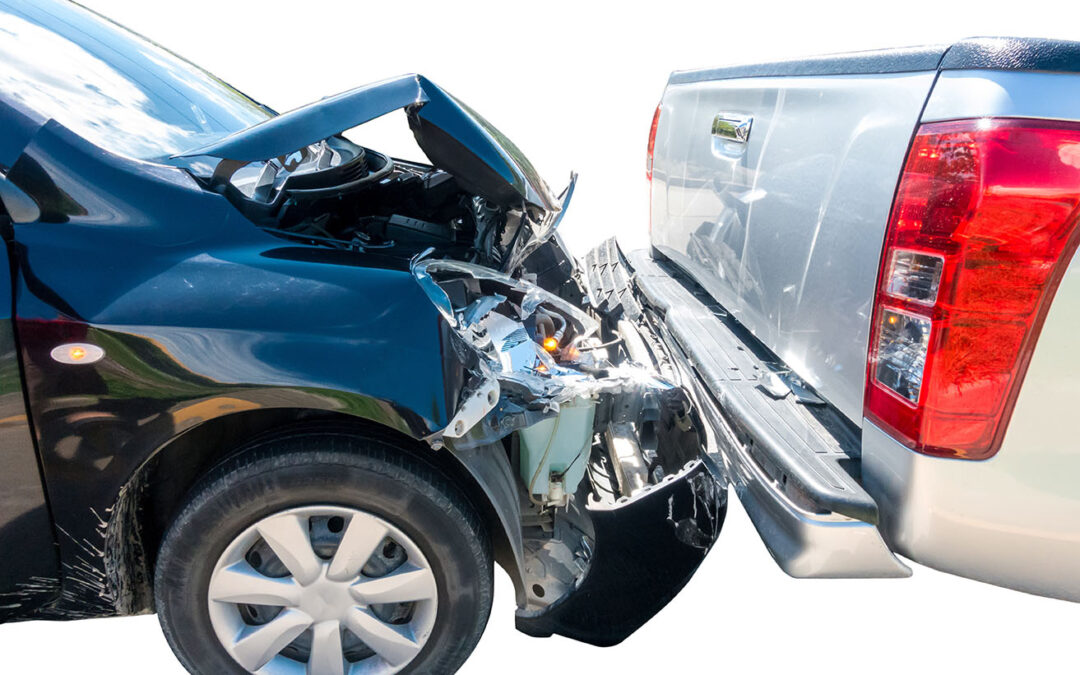Do you know how to assess rear end damage cause from an accident? We think it is important for every driver to know what to look for after a rear-end collision. In addition to the visible damage, there could also be damage that is hidden from view until you have your car inspected by a qualified auto body shop.
Rear-end collisions have the distinction of being the most common type of accident in America. In fact, there are more than 1.7 million rear-end collisions on U.S. roads every year. According to the National Highway Traffic Safety Administration (NHTSA) and the National Transportation Safety Board (NTSB), about 40% of all accidents consist of rear-end collisions, often the result of a distracted driver slamming into an unsuspecting driver’s rear end.
The Steve’s Hometown Collision Center team has put together some items to for you to inspect for rear-end damage, both seen and unseen.
Check Alignment
After a rear-end collision, you might notice that your steering wheel vibrates or perhaps your car veers to the left or right while you are on the highway. It could mean that you need a wheel re-alignment in order to restore its proper handling. If so, it’s not something you want to ignore.
Transmission trouble
Can getting rear-ended mess up transmission? Absolutely, but it depends on the kind of car and transmission that you have. If your vehicle of choice is an all-wheel or rear-wheel-drive, a rear-end collision could cause damage to the transmission since the components are located in the rear of the car. If you notice that transmission fluid is leaking or that it is harder to shift gears, you could have a problem with your transmission and should be addressed right away. Have your transmission inspected before you do anything else at a professional auto body shop.
Structural Damage
After a rear-end collision, you should have your car inspected for structural damage. Just because you don’t see any damage on the exterior doesn’t mean there isn’t underlying damage. If your frame is bent, it could indicate that you may have some structural integrity issues. A modern vehicle has many moving parts and that increases the likelihood that one part or another was damaged in the accident.
Trunk Damage
Another kind of rear-end collision damage is to the trunk. Trunk damage is one of the most common damage in rear-end collisions. Afterwards you might have trouble opening or closing your trunk, or locking it. Worst case scenario, it pops open while you’re driving. Let’s hope that doesn’t happen!
If you are involved in a rear-end collision, first, we hope you and your passengers don’t suffer any serious injury. Your next priority should be having your vehicle inspected and repaired, so it is safe to drive again behind the wheel. An inspection of the rear-end damage by a qualified auto technician can help expose underlying damage that was not visible to the eye. Whether you have trunk damage, transmission trouble, or dings and dents that need to be repaired, Steve’s Hometown Collision Center in Fruitland, Idaho is open for business and ready to serve you.


Recent Comments